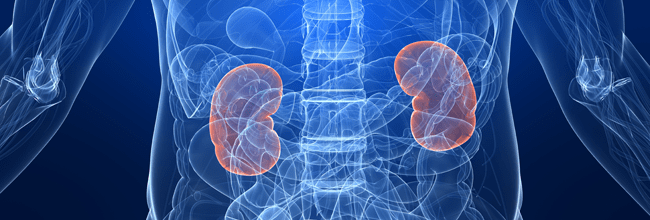For a study, researchers sought to investigate the clinicopathological characteristics, pertinent risk factors, and short-term renal outcomes of individuals with acute tubular injury (ATI). This retrospective cohort study included 83 patients with ATI confirmed by biopsy. Renal recovery 1-month post-biopsy was recorded, along with data on clinical and histological characteristics. The severity of renal dysfunction, percentage of acute tubular lesions, interstitial inflammation, and fibrosis were all significantly greater in oliguric ATI patients than in nonoliguric ATI patients. In the subgroup analysis of oliguric patients, serum creatinine and urinary microalbumin levels, the severity of epithelial cell degeneration, and cast formation were significantly lower in polyuric phase patients than in oliguric phase patients. A total of 59 patients had 1-month follow-up records, and 42 patients exhibited complete renal recovery. In the multivariate analysis, the total area of acute tubular damage at biopsy was the most influential independent risk factor for poor renal outcomes. This was the case even though there were other factors taken into account. Patients diagnosed with Oliguric ATI exhibited significant manifestations of their underlying disease. The degree of tubular lesions significantly impacted whether or not renal function could be restored, which brought to light the need to do a renal biopsy when predicting the prognosis of patients diagnosed with kidney disease.
Source – polyuricsciencedirect.com/science/article/abs/pii/S0883944122001058


